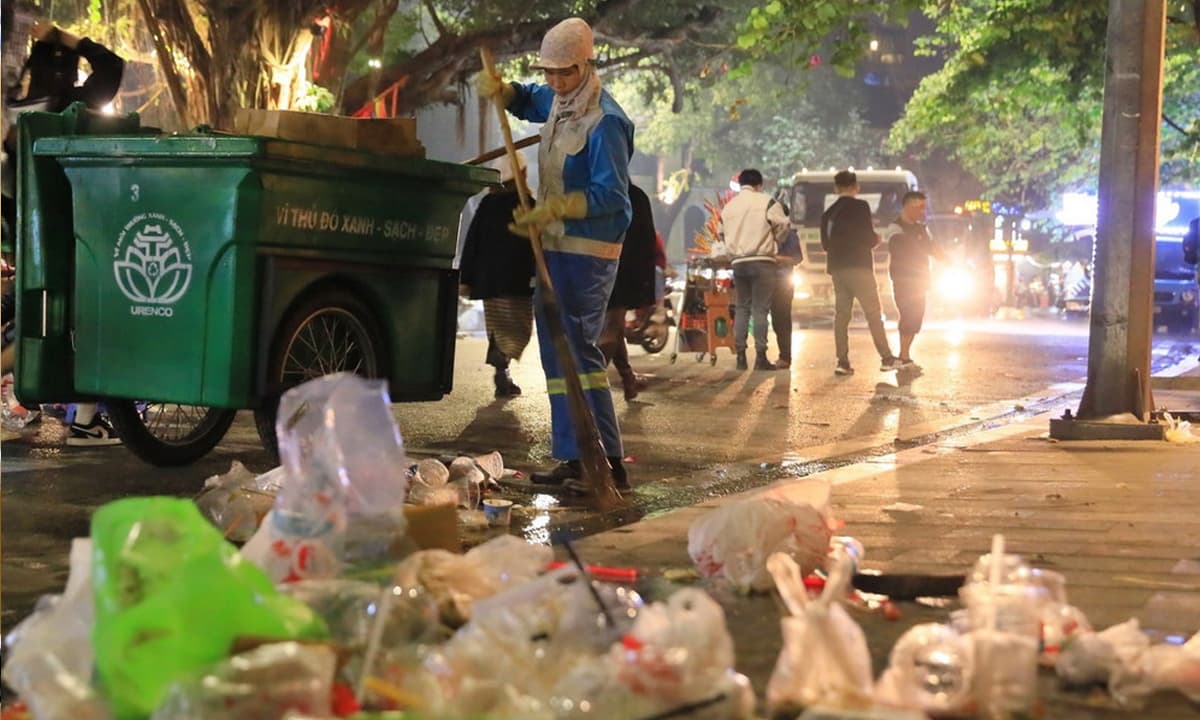Reasons Behind the Destruction of Hatshepsut's Statues in Ancient Egypt After Her Death

Hatshepsut is one of the most famous figures in ancient Egypt. In 1479 BCE, she took on the role of regent on behalf of her young nephew Thutmose III. By 1473, she began ruling as a pharaoh in her own right, becoming one of the civilization’s exceptionally rare female sovereigns. Over three thousand years later, when archaeologists excavated thousands of fragments of her statues, scholars widely assumed that her spiteful successor had ordered the total destruction of her images. New research, however, paints a more nuanced picture.
University of Toronto Egyptologist Jun Yi Wong suggests that a significant part of the damage caused to the female pharaoh’s statues was the result of ancient Egyptian “deactivation” rituals and their use as materials for other constructions. Though Hatshepsut (pronounced “HAT-shep-soot”) faced political backlash after her death, Wong’s research challenges the prevailing view that Thutmose III ordered the complete destruction of his former regent’s every representation with malicious intent.
“Following her death, the monuments of the pharaoh Hatshepsut (reigned c. 1473–1458 BC) were subject to a systematic programme of destruction, the most common manifestation of which was the erasure of her name and image from temple walls,” Wong wrote in a study published today in the journal Antiquity, of which he is the sole author. “This act was initiated by Thutmose III, her nephew and successor (sole reign c. 1458–1425 BC), but the motivation behind it remains contentious.”
From 1922 to 1928, archaeologists excavated many of Hatshepsut’s statues near her mortuary temple at Deir el-Bahri, Egypt. Given the figures’ damaged conditions, archaeologist Herbert Winlock of the Metropolitan Museum of Art, who led the excavations, identified them as “maddening relics of Thutmose’s spite,” as quoted in the study.

However, Wong claims that “while the ‘shattered visage’ of Hatshepsut has come to dominate the popular perception, such an image does not reflect the treatment of her statuary to its full extent.”
After studying the type of damage documented in unpublished field notes, drawings, photographs, and letters from the 20th-century excavations, the Egyptologist points out that many of the statues were preserved in a relatively decent state, with intact faces. The presumption is that if Thutmose III was hell-bent on destroying Hatshepsut’s memory, he would have been more thorough in his destruction.
Furthermore, Wong argues that some of Hatshepsut’s statues’ treatment is not unlike that of the statues of other male Egyptian rulers, including many for whom there is no evidence of persecution after death. Among other kinds of specific damage, scattered fragments with breaks at the neck, knees, and/or ankles are “believed to be a form of ‘deactivation’ intended to neutralise the inherent power of the statues,” Wong wrote.
In other words, the ritual wasn’t inherently hostile. Some of the damage may have also been caused or worsened by the statues’ reuse as construction material during later periods. This, however, does not completely negate the possibility that some of the damage was indeed related to a political backlash.
“Unlike the other rulers, Hatshepsut did suffer a programme of persecution, and its wider political implications cannot be overstated,” Wong concluded in an Antiquity statement. “Yet, there is room for a more nuanced understanding of Thutmose III’s actions, which were perhaps driven by ritual necessity rather than outright antipathy.”
Ultimately, the suggestion that Hatshepsut was treated like other deceased pharaohs after her death, despite the persecution, makes her rise to the throne as a woman even more extraordinary.









